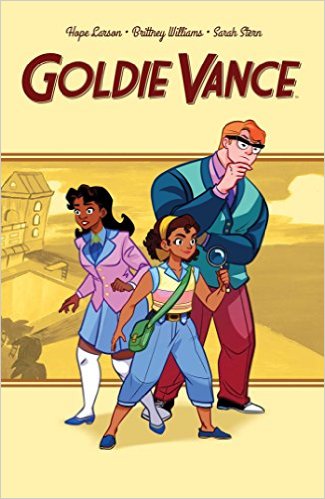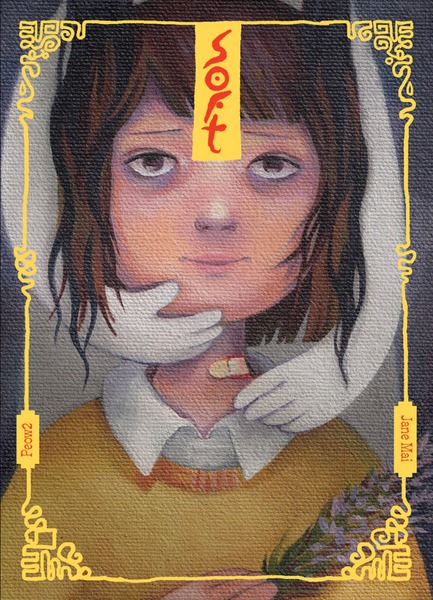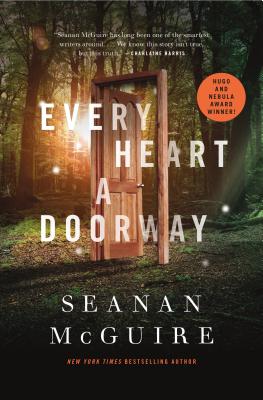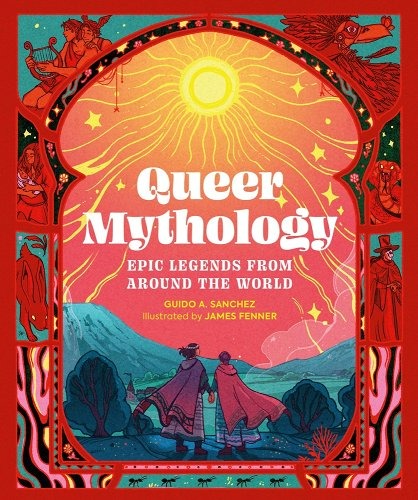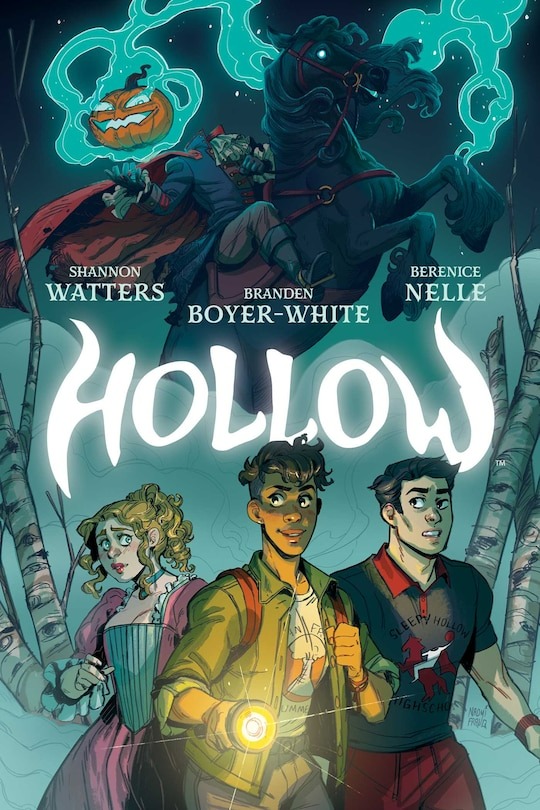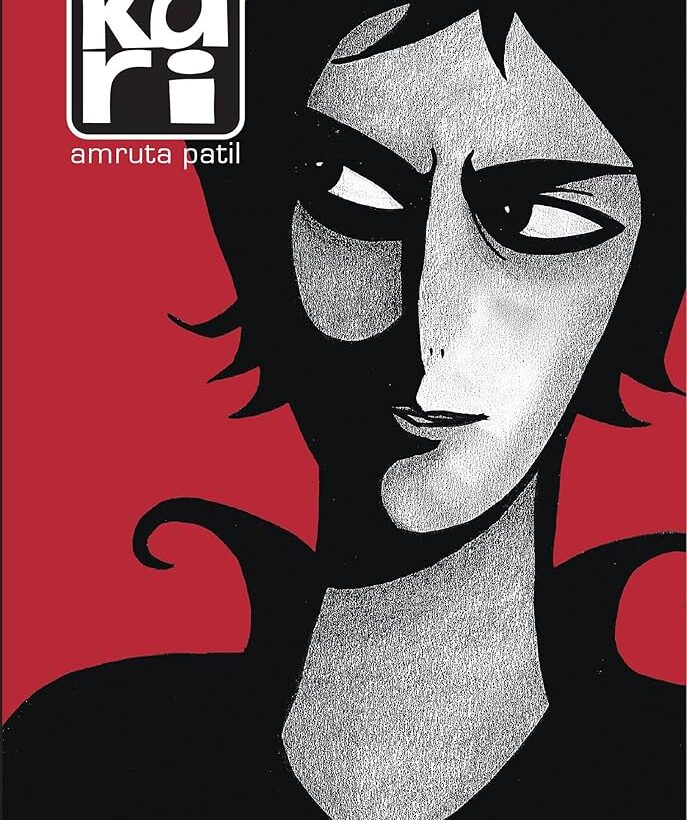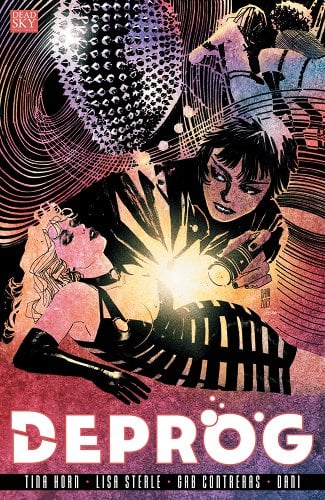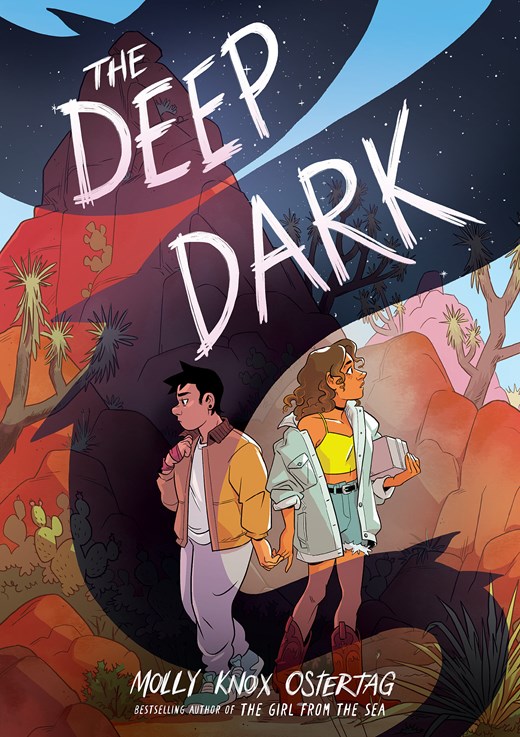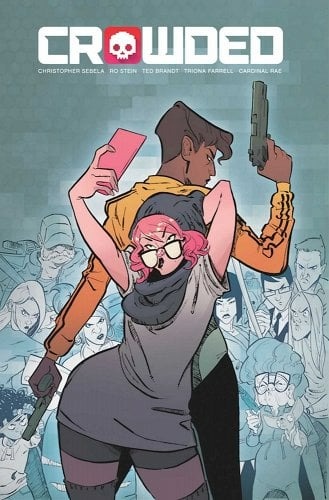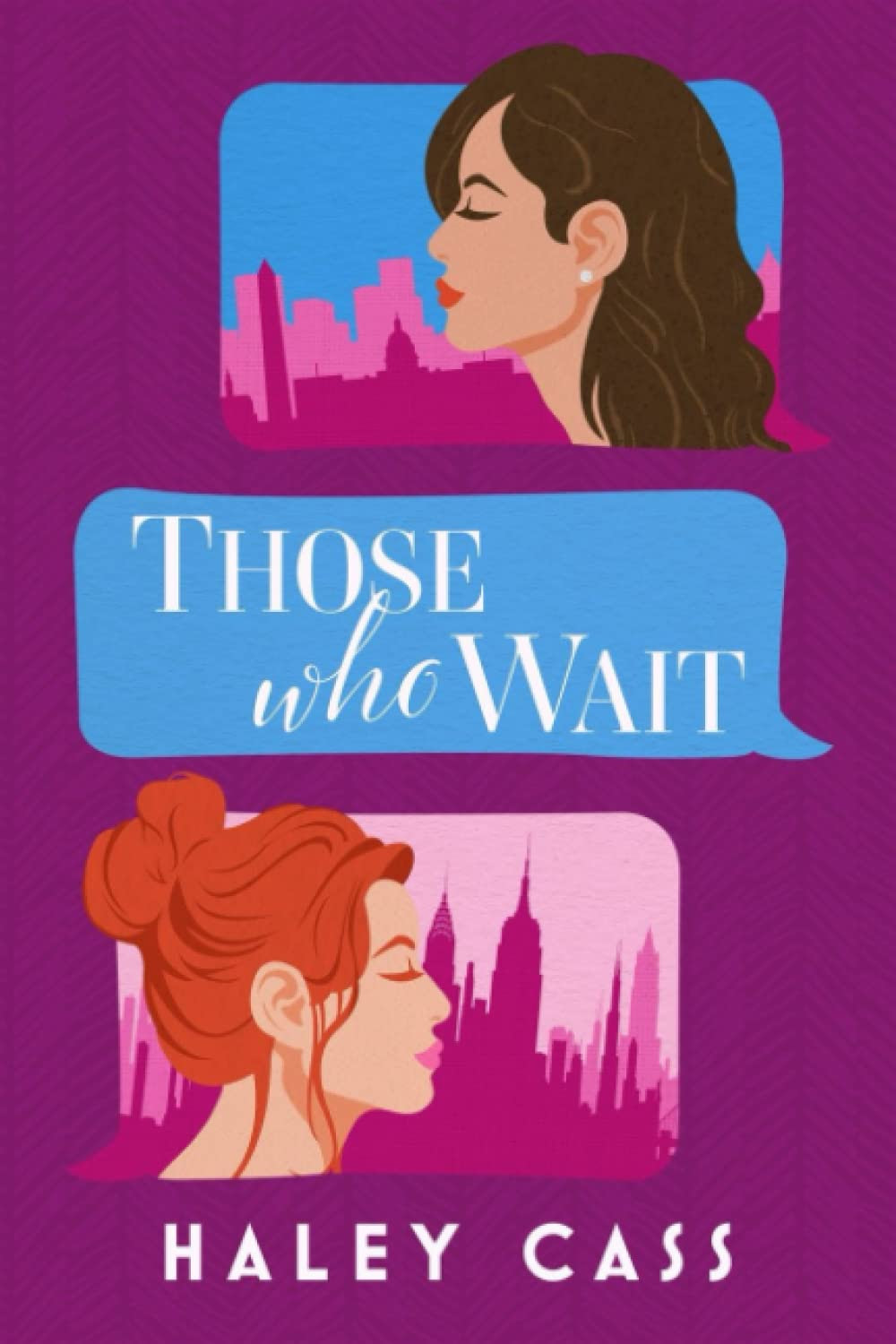Goldie Vance (Volume One) centers on a girl detective with a passion for cars, ideally fast ones. She’s the daughter of a hotel manager and a professional mermaid in Cold War-era Florida. Goldie is a friendly, outgoing, direct girl, and when she hears of a necklace gone missing in her dad’s hotel, she’s right on theRead More
Blood-Soaked Quicksand of First Love: Soft by Jane Mai Review
I’ve been obsessed with Carmilla by Sheridan Le Fanu for years—and more specifically, queer reclamation of Carmilla. I’ve written about several times, on Book Riot and the Lesbrary. For example: Bringing the Lesbian Vampire Home: Carmen Maria Machado’s Reclamation of Carmilla. So, when I was browsing The Mary Sue’s list of the best comics andRead More
8 Short Queer Books to Help You Reach Your 2024 Reading Goal
As the end of the year comes barrelling towards us at the speed of light, I’m sure many of us are starting to question the high expectations we had for our reading goals in 2024. I am always incredibly optimistic about all the free time I will have for myself over the following twelve months,Read More
Queer Graphic Novels and Illustrated Books for Preteens and Teens
These four books are listed in order of suitability for middle-to-high schoolers and deal with the timeless experiences of feeling like an outsider, finding the fortitude to be yourself, and the need for proper communication with partners. They’re great books to start conversations about these things, and have lovely art that are sure to make themRead More
Pick Up These Sapphic YA Graphic Novels for a Halloween Romp
Last weekend was Dewey’s 24 Hour Readathon, and every October readathon, I pack my TBR full of short Halloween-themed reads. Naturally, those are usually queer. This year, I’ve discovered a couple of sapphic YA graphic novels that are perfect Halloween romps. They give Halloween vibes—one even has a talking Jack o’Lantern!—but aren’t too scary. They’reRead More
Finding Love in the Smog City: Kari by Amruta Patil
This review contains spoilers. Kari by Amruta Patil is considered the first lesbian graphic novel in India. The book opens with a double suicide pact, which turns out to be unsuccessful, and the narrator falls into a sewer. The story takes place in the big metropolitan city of Mumbai, which is referred to as theRead More
A Hardboiled Lesbian Detective Comic: Deprog by Tina Horn, Lisa Sterle, Gab Contreras, and DaNi
If a gritty noir graphic novel with a “hardboiled hard drinking leather loving dyke detective” sounds up your alley, pick Deprog up—though you might want to give the content warnings a glance first. I thought that was what I wanted, but I quickly realized this was a darker read than I’m currently in the headspaceRead More
The Queer Graphic Novel That Had Me Sobbing at 3 A.M.: The Deep Dark by Molly Knox Ostertag
Buy this from Bookshop.org to support local bookstores and the Lesbrary! You’re all fired for not tell me how good this is. I liked The Girl From the Sea, so I put a hold on Ostertag’s newest sapphic graphic novel, but I hadn’t heard anything about it, so I my expectations were pretty grounded. IRead More
Murder by Crowdfunding: Crowded Vol. 1 by Christopher Sebela et al.
Buy this from Bookshop.org to support local bookstores and the Lesbrary! The Crowded comic book series tells the satirical story of a dystopian world not too far in the future where the gig economy has become unhinged. In this world, everything has a price, including putting out hits on someone’s life through an app called Reapr. AnyoneRead More
Making The Future Gay: The Five Things I Checked out From the Queer Liberation Library
Recently, a nonprofit in Massachusetts put out an exclusively queer book collection on Libby called the Queer Liberation Library (also known as QLL). Their mission is simple: by providing queer people with diversity-focused literature and resources, QLL is building a future that is undeniably queer. This collection of e-materials is available to anyone with an email address,Read More
- 1
- 2
- 3
- …
- 7
- Next Page »
